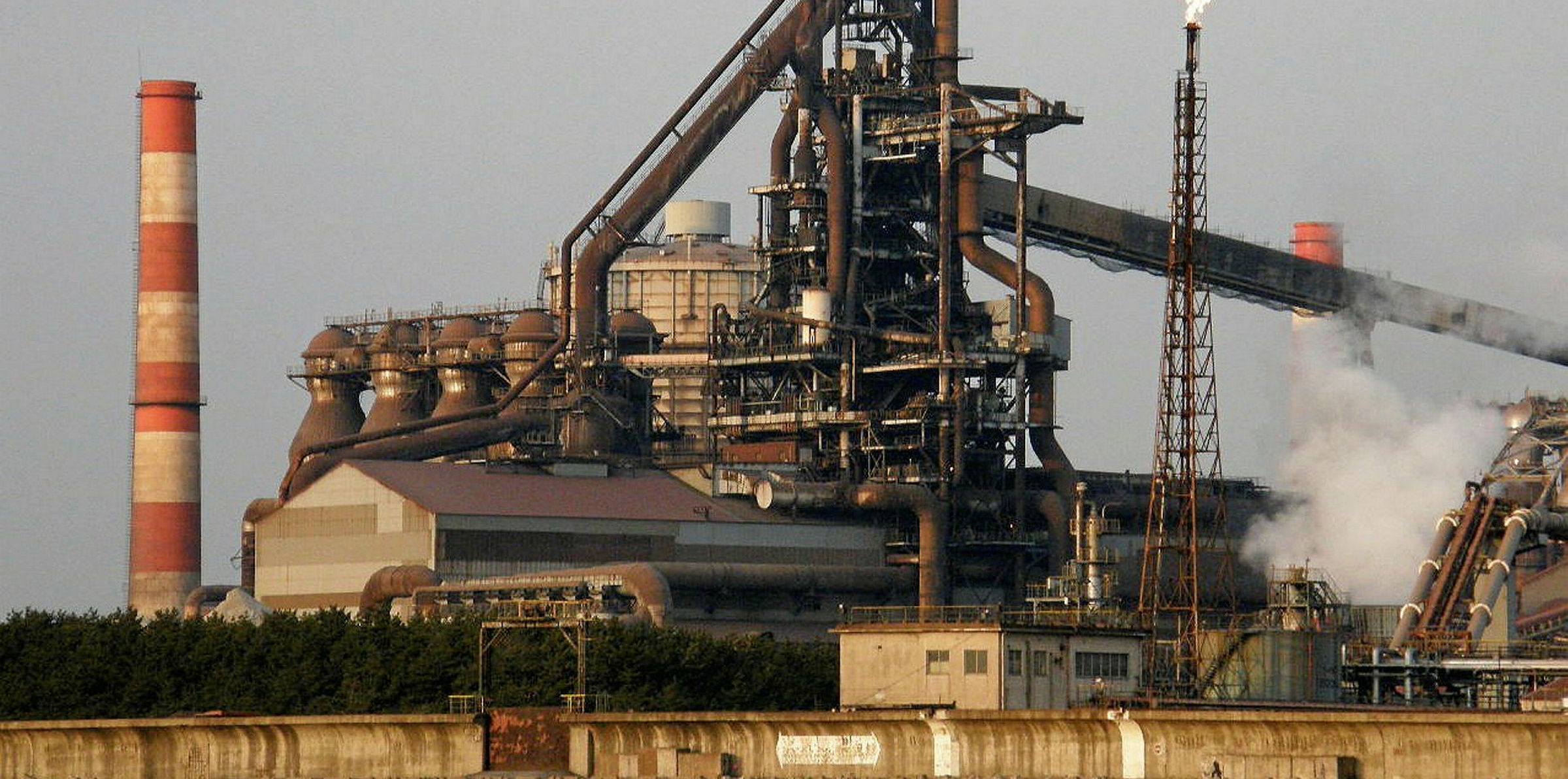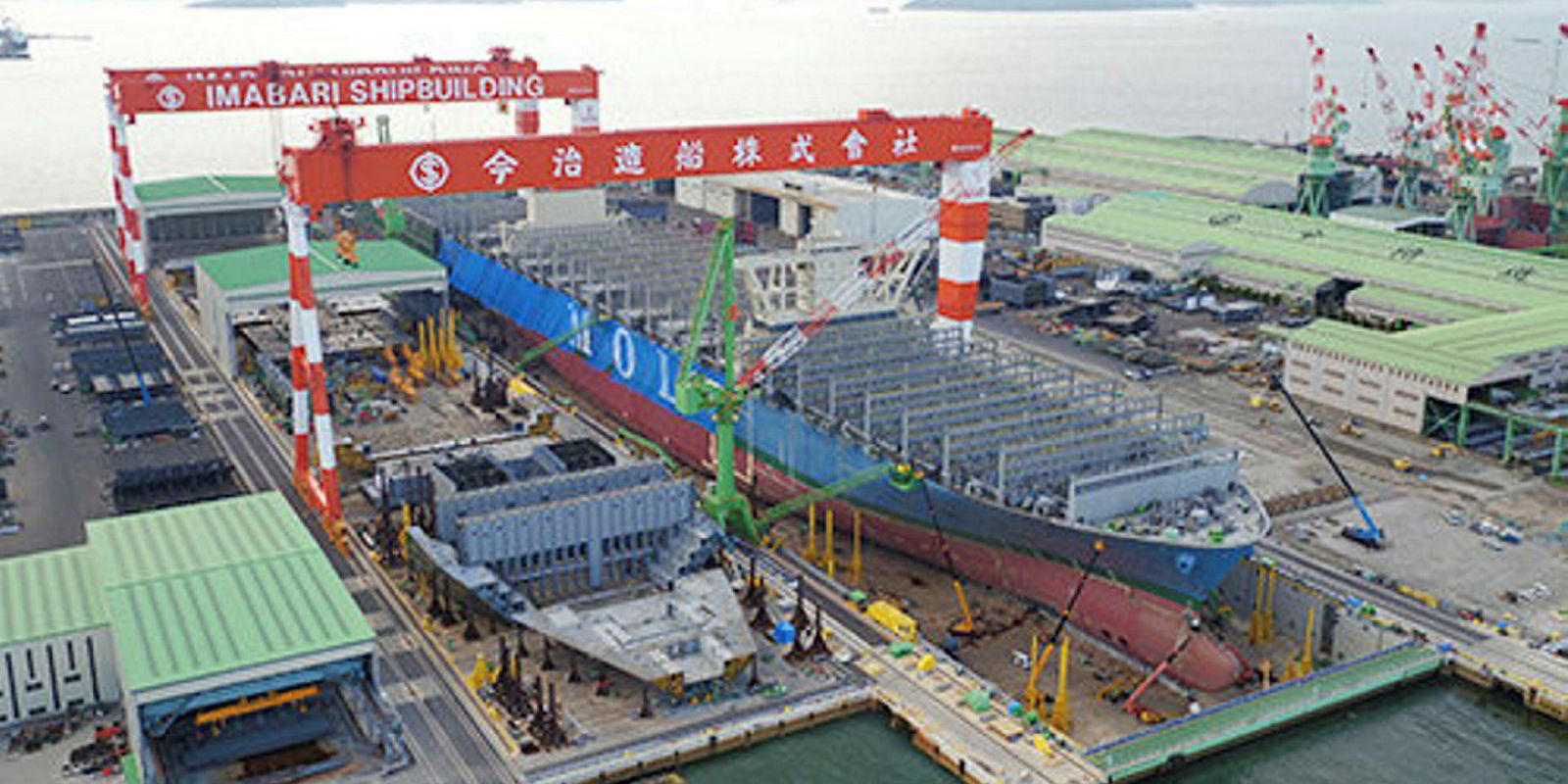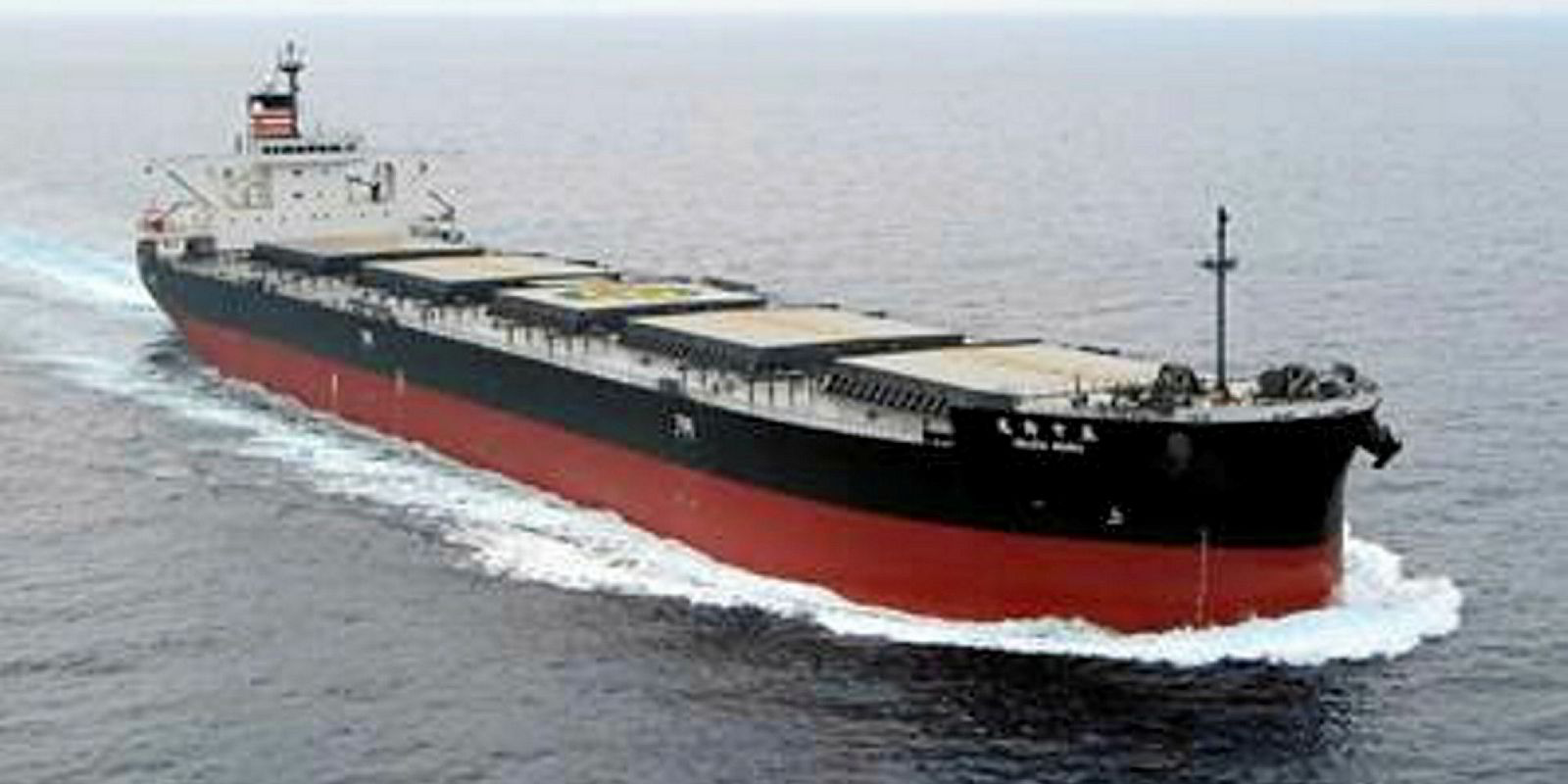Kobe Steel (Kobelco) is set to open talks for more newbuildings following its order for two coal carriers this week as it plans to expand its power production capacity.
TradeWinds previously reported that Kobelco had agreed freight contracts for two 100,000-dwt coal carrier newbuildings ordered separately at Imabari Shipbuilding and Oshima Shipbuilding for delivery in 2021.
Japan’s NYK is behind the Oshima order and will operate the ship under a 20-year freight agreement, while K Line has agreed a 15-year deal with Kobelco for the other.
Kobelco said that the ships are intended to transport thermal coal for its 1.4 million KW power plant in Kobe Hyogo prefecture.
Principally a steelmaker, Kobelco has been involved in power generation since 2002. The two ships currently serving the Kobe facility are now approaching 17 years old and will be due for replacement in the next two to three years.
In a statement, Kobelco stressed the environmental and fuel-efficiency advantages of its newbuildings, which cut NOx emissions by 80% by complying with the IMO’s new Tier III standards.
But the company will also require at least another two newbuildings for two new power plants with a combined capacity of 1.3 million KW planned for completion in 2021 and 2022.
Local sources suggested that Kobelco is about to open talks with local operators to secure the new tonnage for the facility.
Broker Clarksons reported this week on the growth story of Asian thermal coal imports that have more than doubled since 2008 to 755 million tonnes in 2017.
The trade is dominated by China, India, Japan, South Korea and Taiwan, but it is emerging Asian economies, such as Pakistan, Malaysia, Vietnam, Bangladesh and the Philippines that are driving growth, Clarksons said.
Writing in Clarkson’s Shipping Intelligence Network, analyst David Whittaker predicted there will be more growth to come.
“So, after rapid growth in 2017, thermal coal import demand in key emerging Asian nations looks likely to continue to expand firmly,” he said. “With coal falling out of favour in a number of regions, these importers look set to take on an increasingly important role in the global steam coal trade.”





